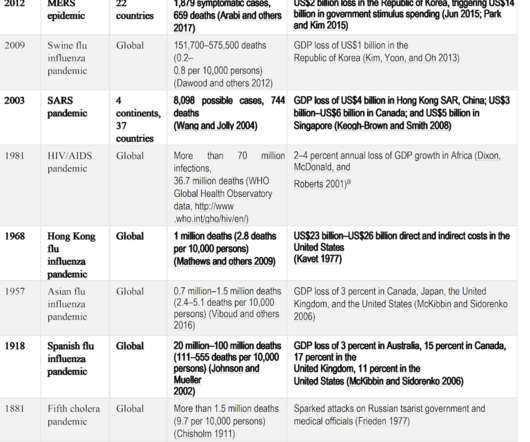Issue Commentary: NY Decision Shows That Not All “Misrepresentations” Are Sufficient to Warrant Disqualification from Future Benefits
The Workcomp Writer
FEBRUARY 7, 2024
Observing that the Board’s determination as to whether a claimant ran afoul of Workers’ Compensation Law § 114-a would not be disturbed if substantial evidence supported it, the court indicated that claimant had testified that the October 2005 accident did not occur during her work shift, that she had meant to say that her shift ended at 5:35 P.M.











Let's personalize your content